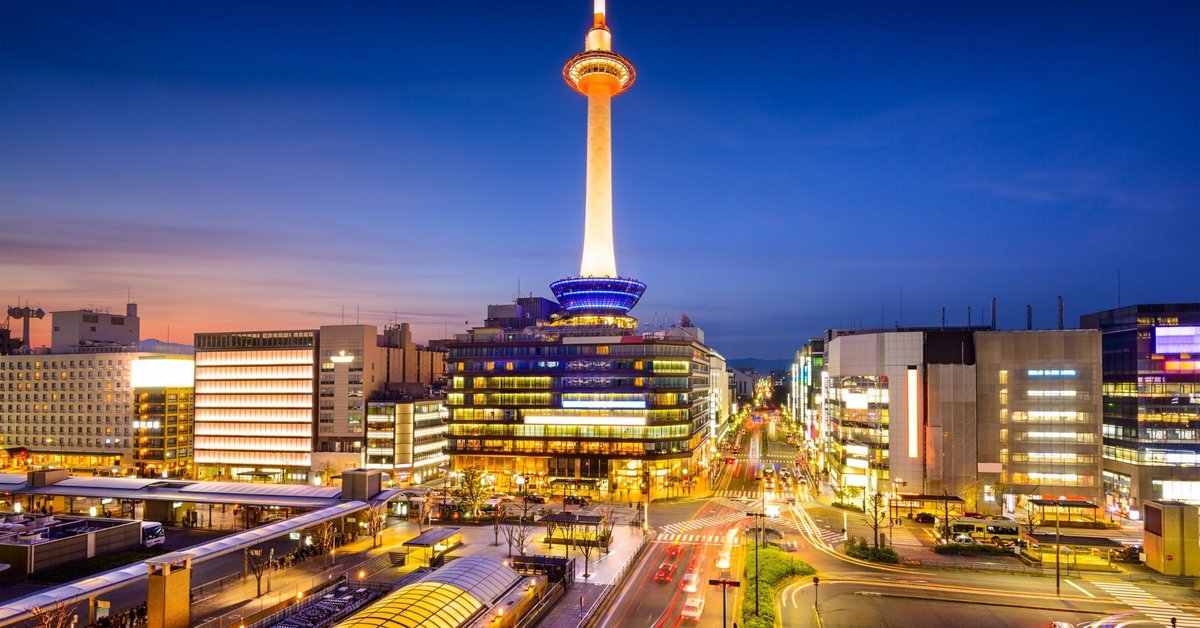
Fusion of Modern and Traditional Architecture in Japan
📱Check it out if u are planning to travel to Japan👇
Japan is a country where ancient traditions and cutting-edge innovations coexist in perfect harmony. This unique blend of modern and traditional architecture can be found in cities and rural areas alike, offering a captivating experience for visitors. Here's an in-depth guide to some of the most remarkable places where you can witness this architectural fusion in Japan.
Tokyo: The Metropolis of Contrasts

Tokyo Station
Tokyo Station is a masterpiece of historical and contemporary architecture. Originally opened in 1914, the station's red brick facade and domed roofs are quintessential examples of Meiji-era design. Recent renovations have added sleek, modern elements, including a vast underground shopping and dining area that blends seamlessly with the station's historic features.
Tokyo Skytree
The iconic Tokyo Skytree, standing at 634 meters, is a marvel of modern engineering that draws inspiration from traditional Japanese pagodas. The tower’s structure, designed to withstand earthquakes, incorporates techniques used in ancient architecture, reflecting Japan's ability to meld old and new in a functional and aesthetic manner.
Asakusa Culture and Tourist Information Center
Designed by the acclaimed architect Kengo Kuma, the Asakusa Culture and Tourist Information Center embodies a perfect blend of contemporary and traditional styles. The building’s wooden slats and layered design echo the architectural aesthetics of old Japan, while its modern functionality serves the needs of today's tourists.
Kyoto: Preserving the Past, Embracing the Future

Kyoto Station
Kyoto Station is a stunning juxtaposition of futuristic design and traditional culture. Its expansive glass and steel structure contrasts with the historic city it serves. The station’s rooftop garden and observation deck provide serene views of Kyoto's temples and shrines, bridging the gap between past and present.
The Ritz-Carlton, Kyoto
This luxury hotel along the Kamogawa River is a testament to modern elegance infused with traditional Japanese design. The minimalist architecture features natural materials and clean lines, complemented by traditional gardens and art pieces that create a serene, sophisticated atmosphere.
Nijo Castle and Modern Art Exhibits
Nijo Castle, a UNESCO World Heritage site, showcases classic Edo-period architecture. Its grounds frequently host modern art installations, creating a dynamic dialogue between historical and contemporary aesthetics. This interplay highlights Japan’s ability to celebrate its heritage while embracing modern creativity.
Hiroshima: A Symbol of Resilience

Hiroshima Peace Memorial Museum
The Hiroshima Peace Memorial Museum is a poignant example of how modern architecture can convey deep historical significance. The museum’s minimalist design, with its clean lines and reflective surfaces, contrasts with the Atomic Bomb Dome nearby. Together, they create a powerful narrative of destruction and recovery.
Orizuru Tower
Next to the Peace Memorial Park, Orizuru Tower combines contemporary architecture with traditional Japanese elements. The tower’s wooden lattice exterior and open-air observation deck offer a tranquil space for reflection, emphasizing the fusion of modern design with historical context.
Kanazawa: A City of Artistic Fusion

21st Century Museum of Contemporary Art
This museum is a beacon of modern design in Kanazawa, featuring a circular building with transparent walls and open spaces. Its proximity to traditional samurai and geisha districts creates a striking contrast. The museum's exhibitions often blend contemporary art with traditional themes, enhancing the fusion of old and new.
Kenrokuen Garden and Modern Structures
Kenrokuen, one of Japan’s most celebrated traditional gardens, is surrounded by modern architectural elements that complement its historic beauty. The juxtaposition of meticulously maintained traditional landscapes with contemporary buildings offers a unique perspective on Japan's architectural evolution.
Nara: Ancient Beauty Meets Modern Ingenuity

Nara National Museum
The Nara National Museum consists of a classic building that houses traditional Japanese art and a contemporary wing designed with modern architectural principles. This combination allows visitors to appreciate the continuity and change in Japanese art and architecture.
Shika no Mori (Deer Forest)
In Nara Park, modern facilities and traditional elements coexist beautifully. The park's contemporary visitor center, with its sleek design and eco-friendly features, stands in harmony with the ancient temples and free-roaming deer, providing a serene yet modern experience.

Conclusion
Japan’s architectural landscape is a testament to its ability to honor tradition while embracing innovation. From Tokyo’s dynamic skyline to Kyoto’s serene temples, and Hiroshima’s poignant memorials to Kanazawa’s artistic fusion, visitors can experience the rich tapestry of Japan's cultural and architectural heritage. Exploring these sites offers a profound understanding of how Japan seamlessly blends the old with the new, creating spaces that are both timeless and forward-looking. Whether you are an architecture enthusiast or a curious traveler, Japan's fusion of modern and traditional architecture promises a captivating journey through time and design.
JTI | Japan Travel Itinerary
Empowering your travel dreams with bespoke itineraries crafted by our expert team, independent of vendors for truly personalized experiences.
Check our SNS (Instagram)
🔥We share Japan useful travel tips
https://www.instagram.com/japan_travel_itinerary/
